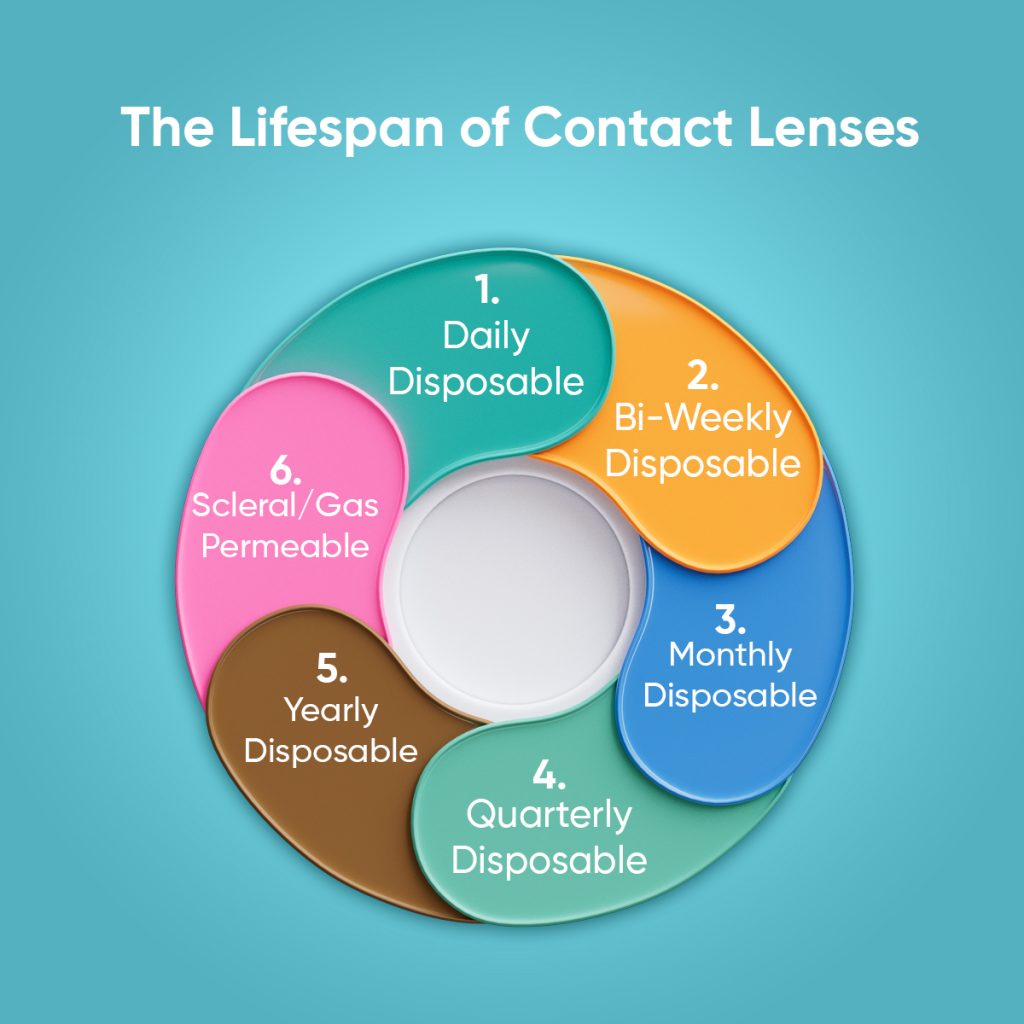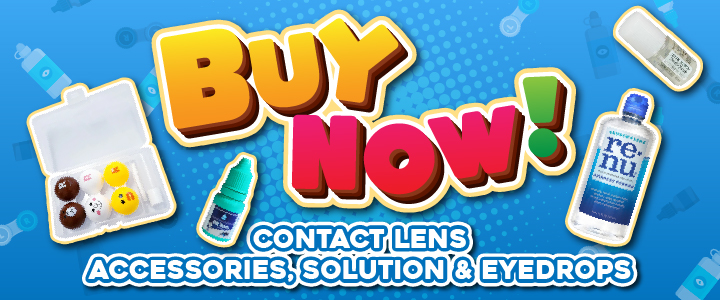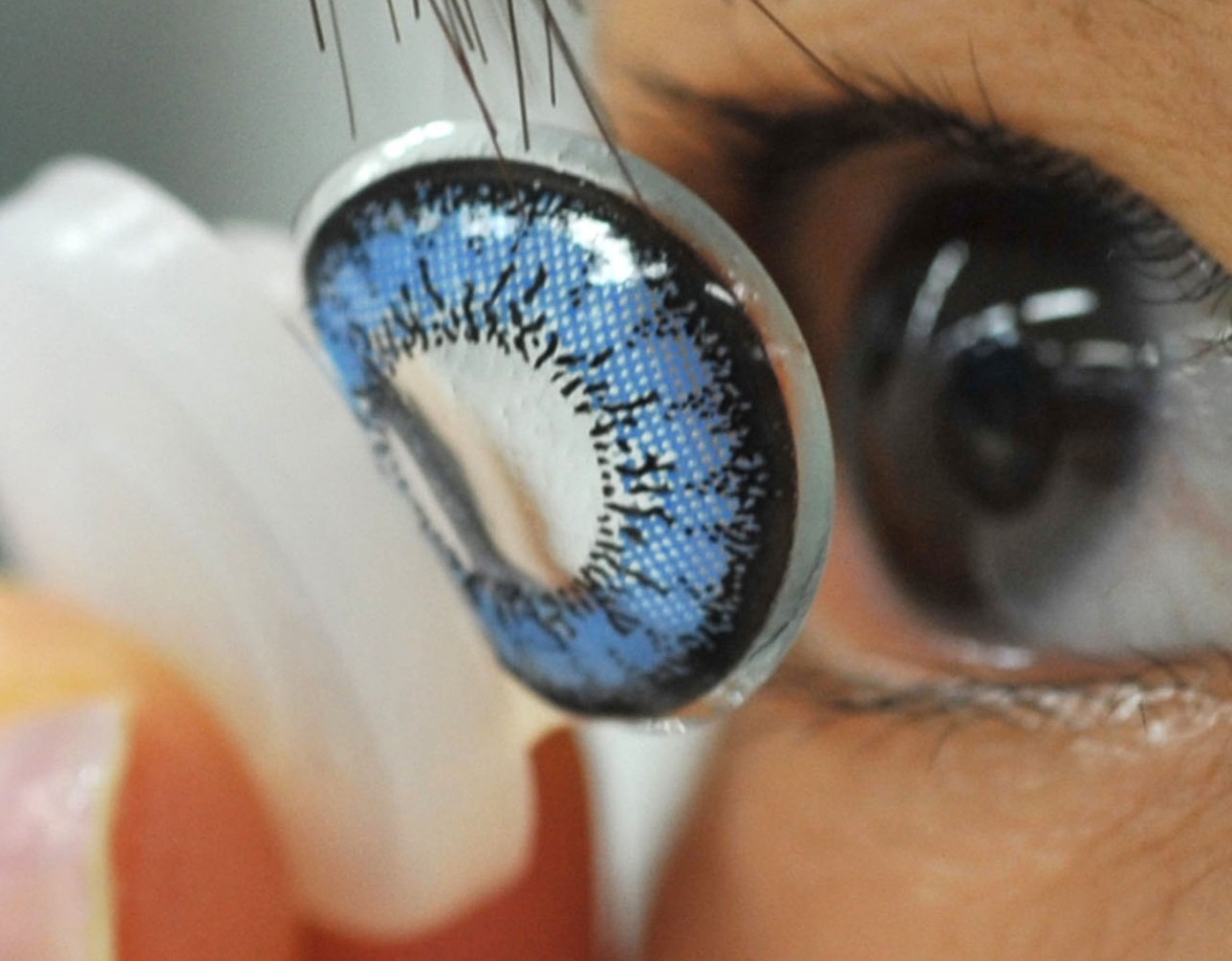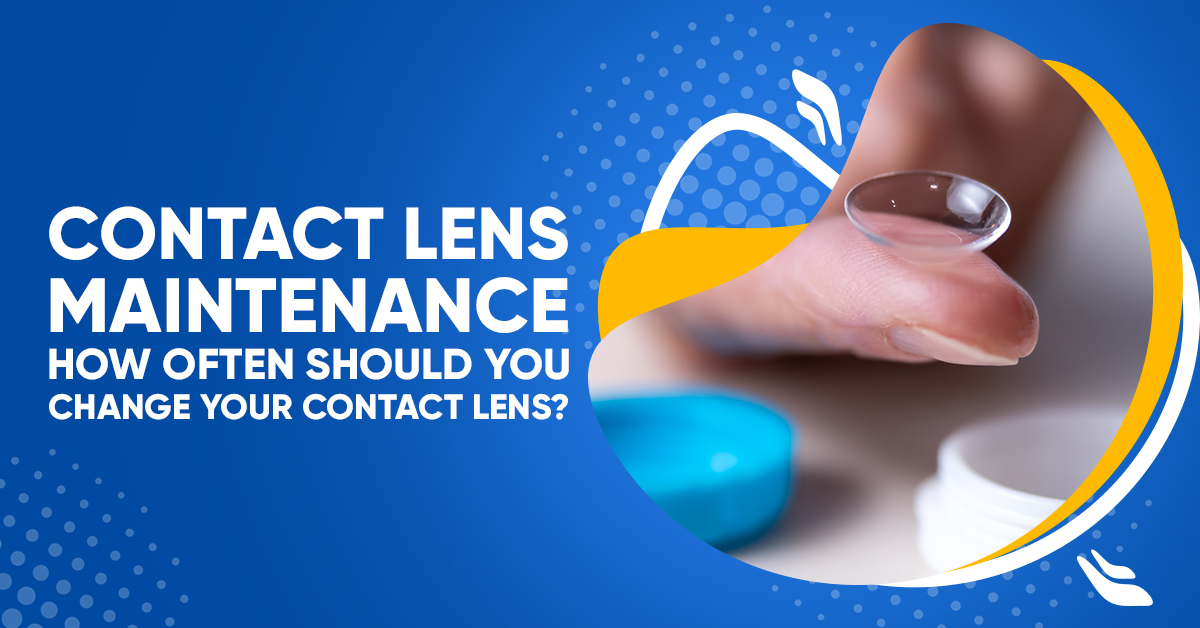How frequently should I replace my contacts? This is a typical question, especially if you’re new to using contacts.
However, as more and more types of connections have been available, the solution has gotten more complicated.
Some contacts are replaced every two weeks, others every month, and still others are replaced every day!
It’s critical to understand the lifespan of your contacts so you can properly care for them and keep your eyes healthy.
Table of contents
Estimated reading time: 5 minutes
How Often Should I Change My Contact Lens?
If you’re asking, “How often should I change my contacts?” start with the product your optometrist suggested.
The manufacturer should have supplied “recommended usage,” which will tell you how long your contacts should last.
If you can’t access this information, don’t be hesitant to seek assistance from your optometrist.
The Fundamentals
Even well-maintained contact lenses must be updated on a regular basis. Protein deposits and contamination on the surface of contact lenses may accumulate if we do not replace on a regular basis, increasing your risk of having an eye infection.
The majority of individuals use soft contacts, which are more prone to deposits and infection. Gas permeable contact lenses can last a year or more before we need to replace them.
Remember that the wear schedule is only for a limited duration. So, if your contact lens starts to bother your eye or you see a tear before the end of the wear schedule, toss it away and replace it. Always prioritize your eye health.
The Lifespan of Contact Lenses

There are five basic categories of contact lenses in terms of lifespan:
Daily Disposable:
Daily Disposable contacts are ideal for those with active lifestyles or allergies, as they require no cleaning and reduce the risk of eye infections. However, they can be more expensive in the long run.
Bi-Weekly Disposable:
Bi-weekly Disposable contacts, suitable for regular contact users, offer a balance between convenience and cost. They require regular cleaning and storage, but are less expensive than daily disposables. The downside is a higher risk of eye infections if not properly cared for.
Monthly Disposable:
Monthly Disposable contacts are a good choice for consistent contact lens wearers who are diligent about cleaning and storage. They are more cost-effective than daily disposables but carry a higher risk of infection due to prolonged use.
Quarterly Disposable:
Quarterly Disposable contacts, which are changed every three months, can be a cost-effective option for those who are committed to proper lens maintenance. However, the extended wear period increases the risk of eye infections and requires strict hygiene.
Yearly Disposable:
Yearly Disposable contacts are the most economical choice for long-term wearers, but they require meticulous cleaning and care. The risk of eye infections is higher due to the extended wear period, and they are not recommended for those with a history of eye infections or poor hygiene habits.
Scleral/Gas Permeable:
Scleral/Gas Permeable contacts, while offering clearer vision and being good for certain eye conditions like keratoconus, require an adaptation period and consistent care. They are less likely to harbor bacteria than soft lenses but can be uncomfortable initially and are typically more expensive.
Statistic
Approximately 40% of Americans who wear soft contacts are prescribed monthly contacts, 35% use daily contacts, and 24% use contacts that must be updated every one to two weeks. Only 1% of people wear contact lenses that can be updated once a year.
Can You Wear Contacts Beyond The Recommended Period?
Wearing contact lenses beyond their recommended period can lead to several risks, including:
- Eye Infections: Old lenses can accumulate harmful bacteria, increasing the risk of infections like keratitis.
- Reduced Oxygen to the Eye: Overworn lenses can decrease oxygen supply to the cornea, leading to discomfort and potential damage.
- Irritation and Discomfort: Lenses can become dry and brittle, causing irritation.
- Vision Problems: Prolonged use can distort vision due to lens degradation.
- Allergic Reactions: Extended wear can increase the likelihood of allergic reactions.
It’s essential to follow the replacement schedule set by your eye care professional to maintain eye health and avoid complications. If you experience discomfort or other symptoms, remove the lenses and consult an eye care professional.
Final – How Often Should You Change Your Contact Lens?
We understand how easy it is to forget to replace your contacts. It’s also tempting for some individuals to keep wearing contacts over their expiration date if they’re not displaying signs of wear and tear.
However, make a note of the date in your calendar or set an alarm on your phone because wearing your contacts past their prime is harmful. Stick to your contact replacement schedule even if your contacts aren’t painful or your eyesight isn’t obscured.
Furthermore, even if you did not use your contacts for the whole usage time (for example, if you opened 30-day contacts, wore them once, and then wore your glasses for a week), you should still replace them 30 days after the first use.
Do you know contact lens cleanliness also plays an important role in ensuring eye comfortability?

Related Articles


